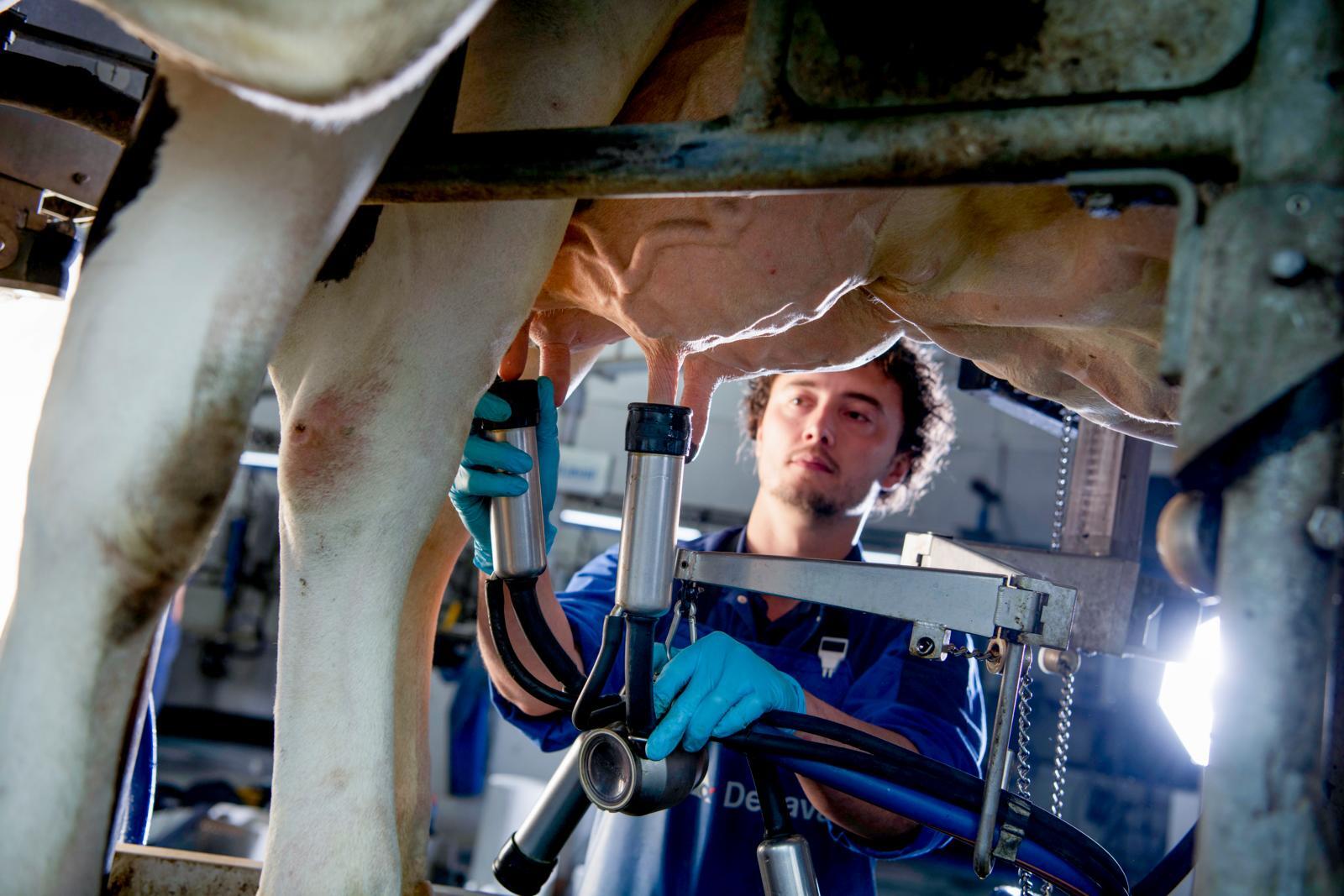Dairy cows in the Netherlands have surpassed historical records achieving a higher lifetime production than the past financial year, from September 2022 to September 2023, than ever before. Over their lifetime, the cows culled from Dutch dairy farms had produced an average of 38,327 kg (84,497 lb) of milk with 4.38% fat and 3.57% protein (3,048 kg (6,720 lb) of fat and protein). This is an increase of 926 kg (2,041 lb) of milk and 77 (170 lb) kg of fat and protein more than in the previous financial year.
Many More 100-tonners and 10-tonners
The rising average lifetime production can also be seen in the increasing number of cows with a lifetime production of more than 100,000 kg (220,462 lb) of milk. Last financial year, 4,707 dairy cows in the Netherlands passed this milestone, there were almost 750 fewer in the previous financial year. The number of cows with a lifetime production of more than 10,000 kg (22,046 lb) of fat and protein also rose significantly from 297 to 406.
Nearly a Month Gain in Productive Life
The increase in lifetime production is partially due to a 22-day longer lifespan. Productive life – the number of days between the first calving date and the last sampling date – increased by 27 days. This is slightly higher than general lifespan, due to a decrease of four days in the average age at of first calving. This year, the production of the culled Dutch cows was an average of 29.4 kg (64.8 lb) of milk per day. Last financial year, this was 29.3 kg (64.6 lb) of milk. The calving interval remained stable at 408 days. The average Dutch MPR farm had 113 dairy cows in the past financial year, four more than in the previous financial year.
More Milk with Higher Components
Following a fall during the previous financial year, the average milk production per lactation this financial year had risen again. The rolling annual average for the 11,870 Dutch MPR farms that are eligible for ranking (394 fewer farms than the previous financial year), came out at 9,346 kg (20,604 lb) of milk with 4.45% fat and 3.61% protein, which is equivalent to 753 kg (1660 lb) of fat and protein and an economic annual result (EAR) of 2,166. Milk yield was therefore 260 kg (573 lb) higher than it was last year and the fat and protein production was 32 kg (70.5 lb) higher. This latter increase was also due to higher components. The fat percentage rose by 0.07%, and the protein percentage by 0.06%.

